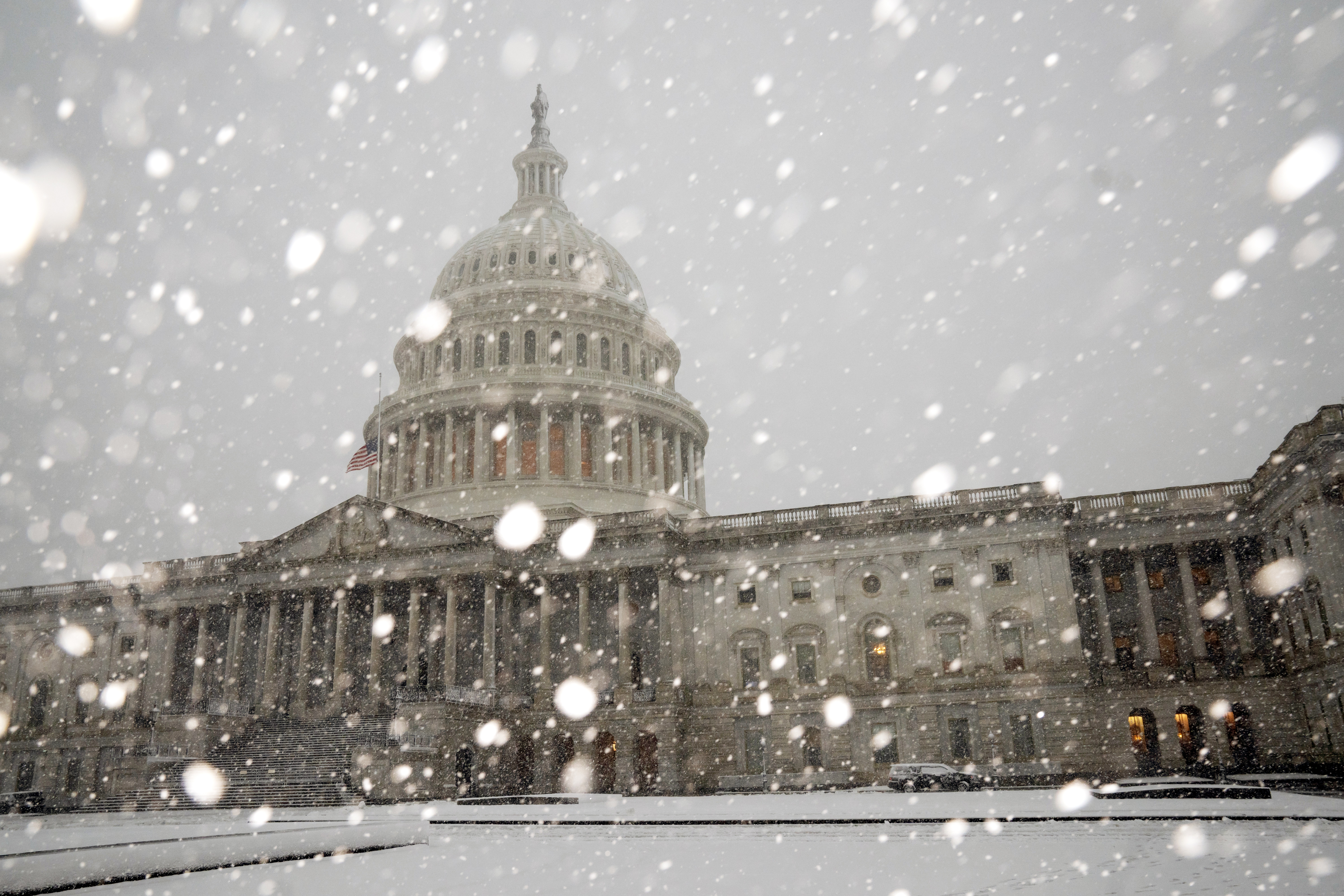
WATCH ANYTIME FOR FREE
Stream NBC10 Boston news for free, 24/7, wherever you are. |
As we head into year three — yes, three — of the COVID-19 pandemic, many of us are still grappling with the idea that there will not be a quick and definite end to this situation. And we may, in fact, be living with the virus for quite some time as we transition into what experts are calling the “endemic” phase.
But what that actually looks like is still up for debate. Here’s what we know about endemicity — and experts’ best guesses about what the future of COVID-19 may really involve.
Get updates on what's happening in Boston to your inbox. Sign up for our News Headlines newsletter.
What does “endemic” actually mean?
Pandemic, epidemic, and endemic are “terms that people are kind of confused about” right now, Dr. Raed Dweik, pulmonologist, critical care specialist and chair of the Respiratory Institute at the Cleveland Clinic, told TODAY.
A pandemic is a surge in cases of a particular illness that has spread to multiple parts of the world. An epidemic is a surge in cases that are confined to a smaller area, like a foodborne illness outbreak in a few states or the 2014 Ebola outbreak.
By contrast, an endemic virus is simply one that’s a constant presence in a particular area of the world or in a particular population. The endemic level of a virus is its baseline or “the amount of a particular disease that is usually present in a community,” according to the Centers for Disease Control and Prevention. It’s not necessarily present at the ideal level, but it’s expected and somewhat predictable.
Definitions like these are, unfortunately, “very generic,” Dr. Richard Martinello, associate professor of medicine in the department of infectious diseases at the Yale School of Medicine, told TODAY. And they don’t really “give us any parameters to say when something goes from being a pandemic to endemic.” Still, experts have a few predictions for what our future might look like with COVID-19 — and how the pandemic might gradually end.
What will the endemic phase look like for COVID-19?
Practically speaking, many experts now see COVID-19 becoming endemic in a way that’s similar to the seasonal flu, Dr. Bernard Camins, medical director for infection prevention at the Mount Sinai Health System, told TODAY.
“It’s endemic when it doesn’t disrupt everyday life,” he said. Although there may be some years that are particularly severe with the flu and others that are milder, even severe flu years don’t disrupt health care, transportation, businesses or our other usual routines to the same degree that COVID-19 has, Camins explained.
“In a pandemic, what we usually see are waves of disease. And those waves of disease are what we exactly what we’ve been in and continue to experience,” Martinello said. “Whereas when a disease is endemic, we expect it to follow, for example, a seasonal pattern like we see with influenza or some of our cold viruses.”
That means we may have more surges (possibly fueled by new coronavirus variants) later this year and, maybe, for the next several years. But those waves likely won’t be as disruptive as the delta and omicron surges have been due to the increasing overall level of immunity — both from vaccination and infection — in the population. “As we go forward with this, then that proportion of the population (that has some level of immunity) will be higher and higher,” Camins said. “And then that’s when we move to endemicity.”
Dweik said the flu-like scenario is “the most likely and probably the best-case scenario.”
What we don’t know is how widespread those future waves may be or if they’ll continue to follow the type of seasonal patterns we’ve already seen, Martinello said. But experts don’t know when that endemic phase will really arrive. And, in the meantime, they underscore that we are still very much in the pandemic phase of COVID-19.
“My hospital is a little over 1500 beds, and in the worst flu seasons, we may see 100 people who are in our hospital with the flu,” Martinello said. “But just a few weeks ago we had 450 people in our hospital with COVID… That’s the difference: There may well be a wave per se, but the peak of the wave is very different (when a virus becomes endemic).”
Will we need more boosters, masks or other precautions in the future?
Whether or not we’ll need more COVID-19 shots depends on two major factors: how long the protection from our current series lasts and whether or not a variant comes along that can significantly evade that protection. For now, experts say it’s too soon to know for sure if a fourth (or more) dose is necessary.
But in the spirit of speculation, Dweik said, “I suspect we’ll be getting an annual vaccine… we’ll be getting a flu shot and the COVID shot, and I think it will become part of our routine annual vaccinations.” Camins agreed, adding that he doesn’t expect us to need another booster until at least this fall — “barring another variant,” he said.
One of the advantages of the COVID-19 mRNA vaccine technology is that it will take much less time to produce new versions of the vaccine to target different strains, should they become necessary, than it does for the seasonal flu vaccines, Dweik explained. So they can be more accurately targeted to what’s actually circulating if and when COVID-19 becomes a truly seasonal illness.
Regarding masks, Martinello said he sees them having a new place in our approach to preventing transmission of all kinds of diseases — not just COVID-19. “I don’t expect that we’ll have masks in classrooms or in the workplace all the time,” he said. “But I think we may see more individual use of wearing masks. Maybe when we’re in that crowded situation or when we go on a plane many of us will choose to wear a mask — not because there’s a public health emergency, but because we just don’t want to get a cold.”
This story first appeared on TODAY.com. More from TODAY:



